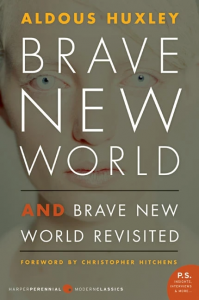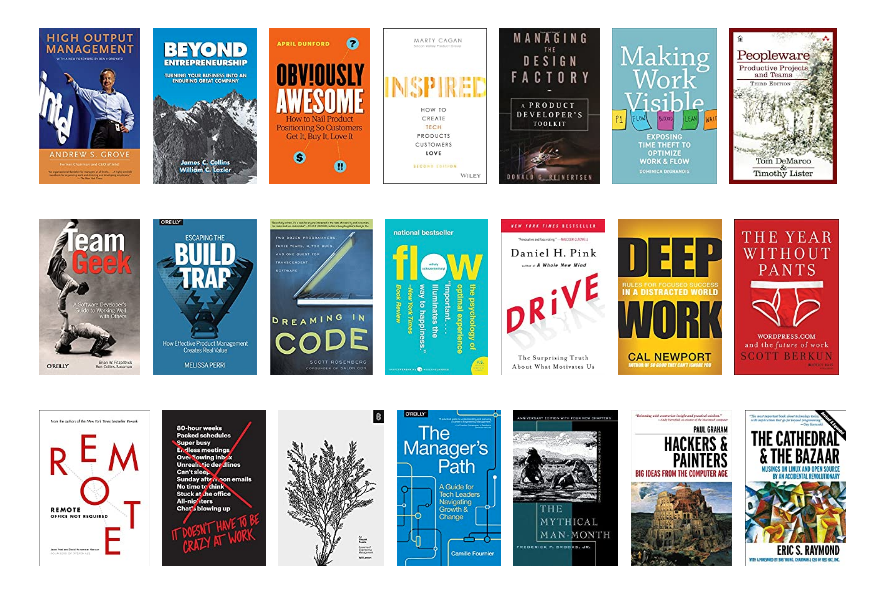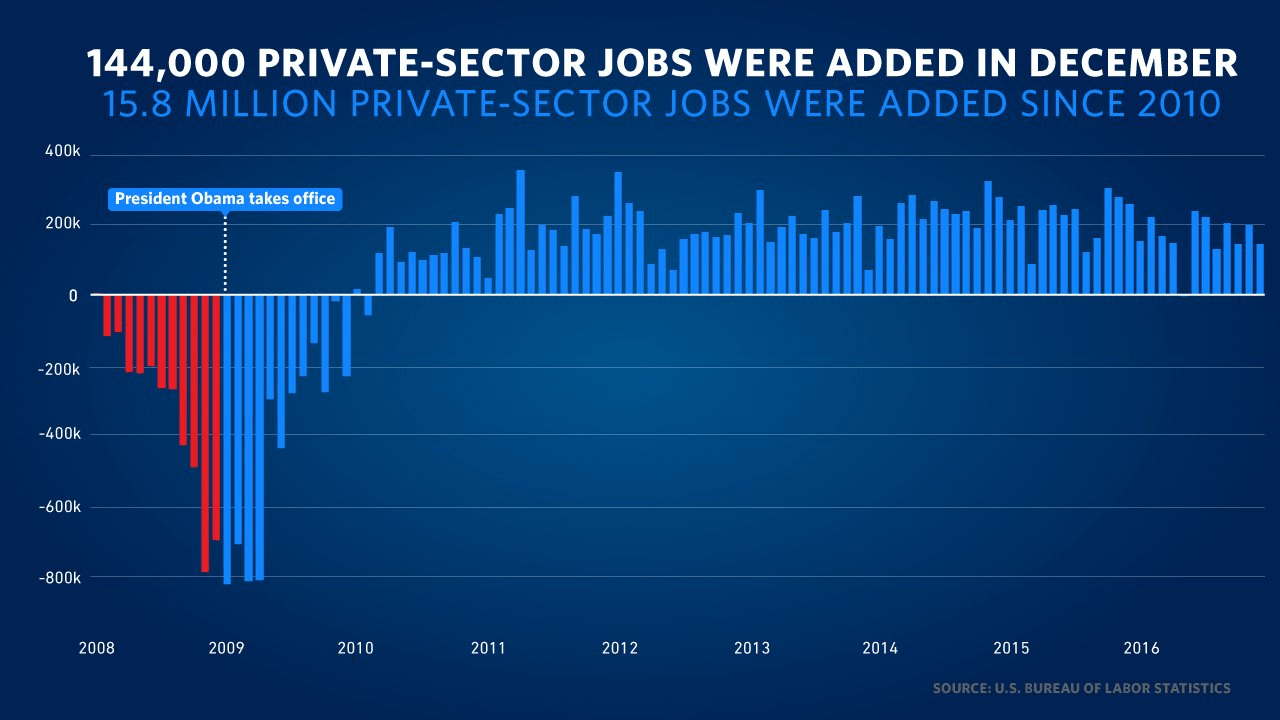The film The Big Chill came out a bit before I was born, over 40 years ago, in 1983. The plot focuses on a group of middle-aged friends, perhaps in their late 30s and early 40s, who had attended the University of Michigan – Ann Arbor together. They reunite after 15 years, brought together by the tragedy and the funeral of their friend, Alex, who, we learn in the film’s opening, died by suicide.
The “big chill” of the title can be interpreted a few different ways. The numbing loss of the innocence of youth. The cold realization of the quotidian nature of adulthood. Or, the wintry blast of mortality, which comes as a shock to this group of old college friends, who had become used to a sort of humdrum comfortable existence, pursuing families and careers, and then being suddenly shaken out of it by the sad news of their old friend Alex’s passing.

There is a historical and generational aspect to the film, too. The college years, for this group, were the 1960s. A time of great idealism in the US. The counter-culture was the culture. They weren’t supposed to end up like their parents. But then they found themselves in the 1980s, yuppies of exactly the sort they feared they’d become.
One of the interesting aspects of watching this film today is that, being set in the 1980s, it lacks altogether the technopoly we see in our current lives in the 2020s. There are no smartphones nor social media, to be sure, but, what’s more, there is no computing or internet either.





